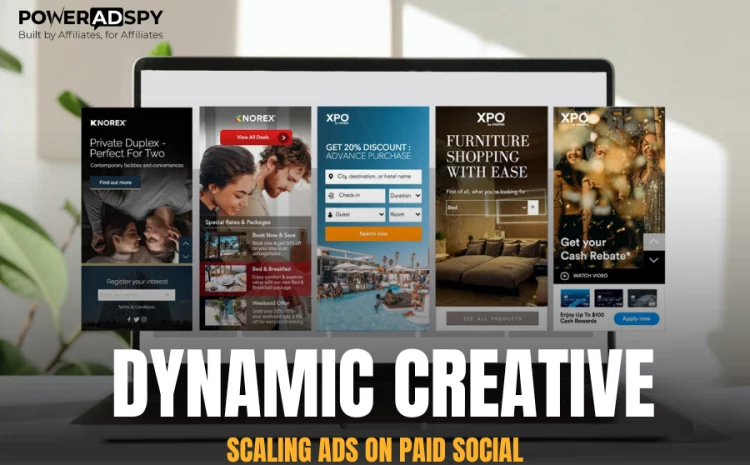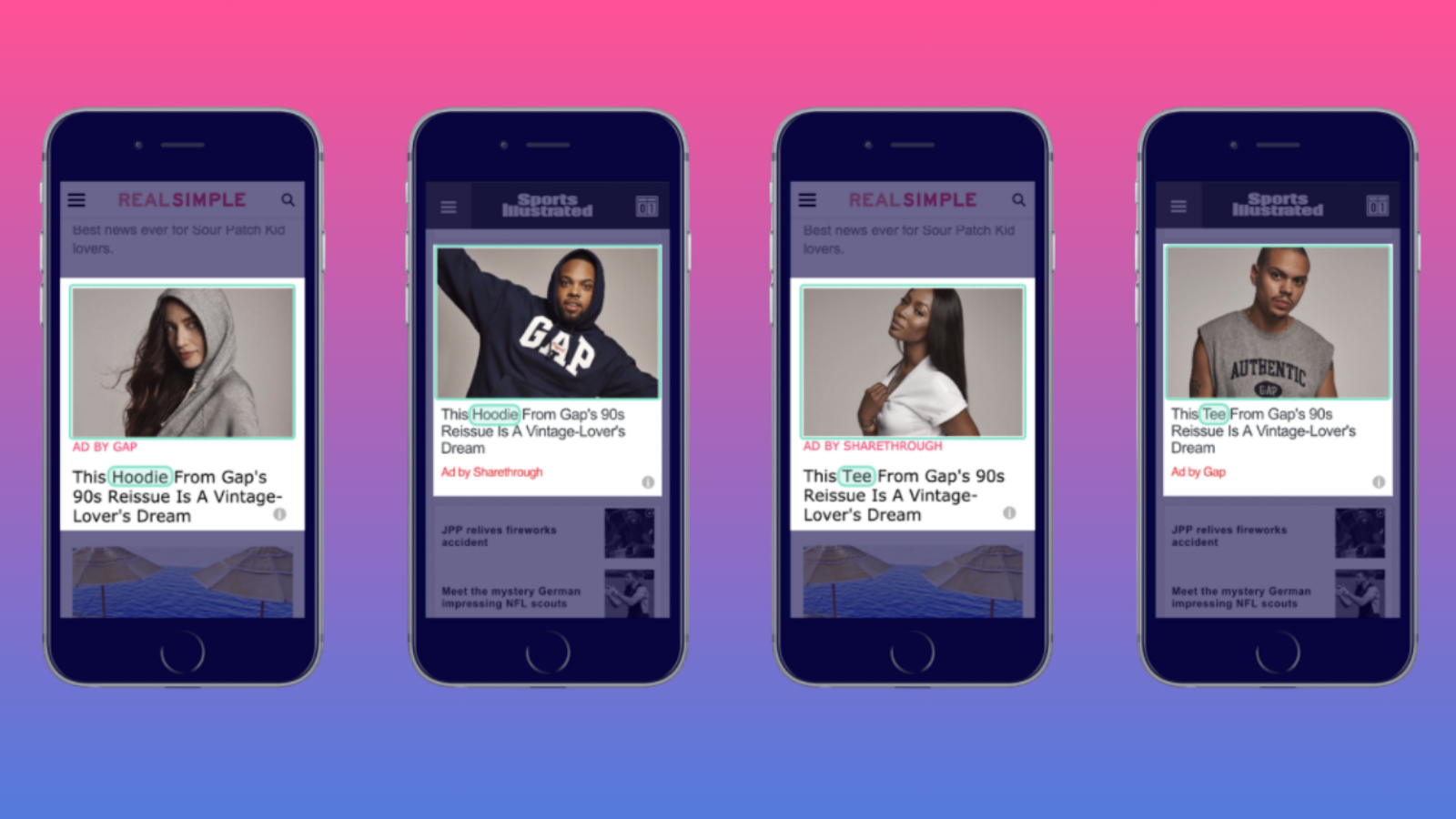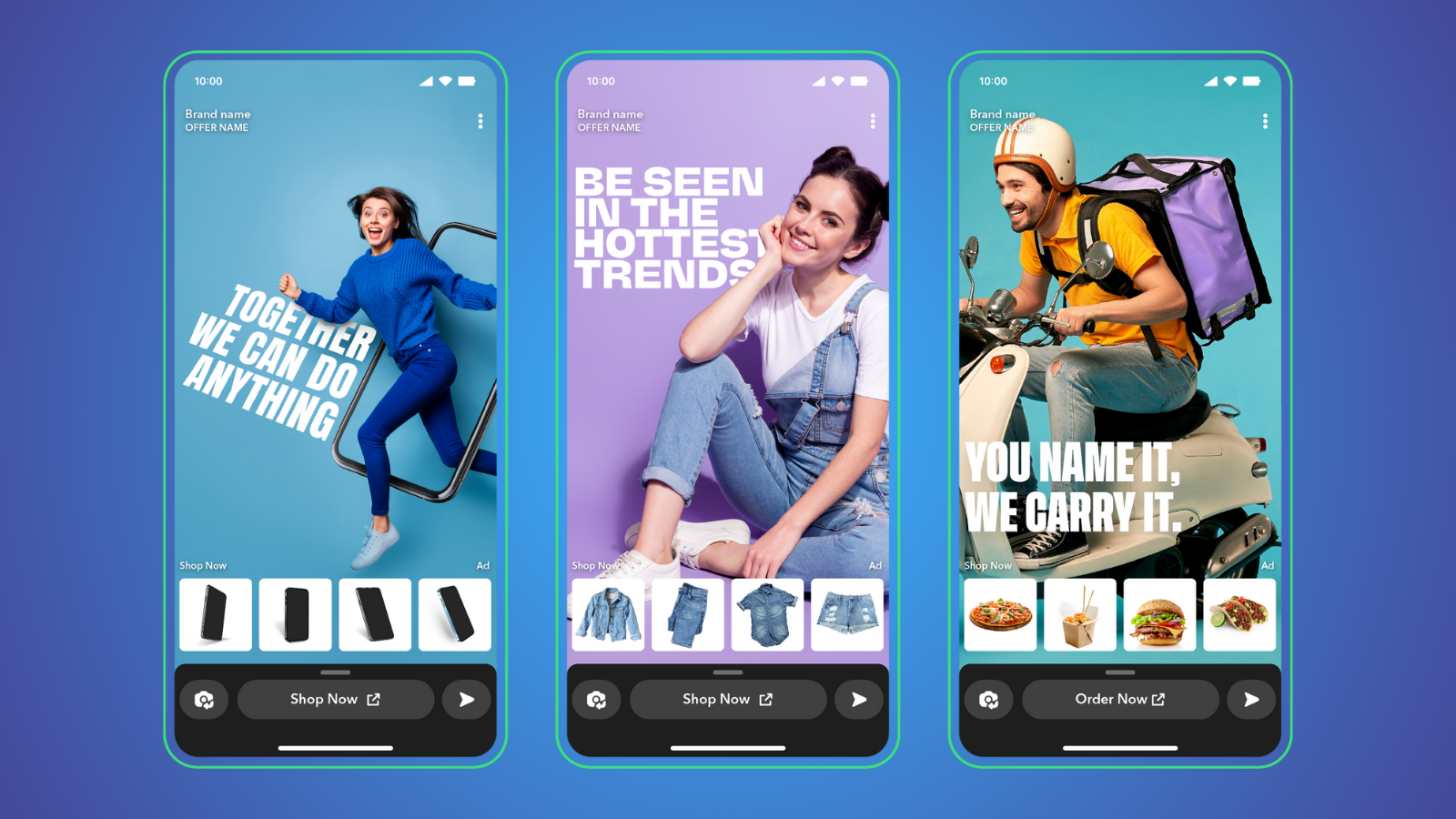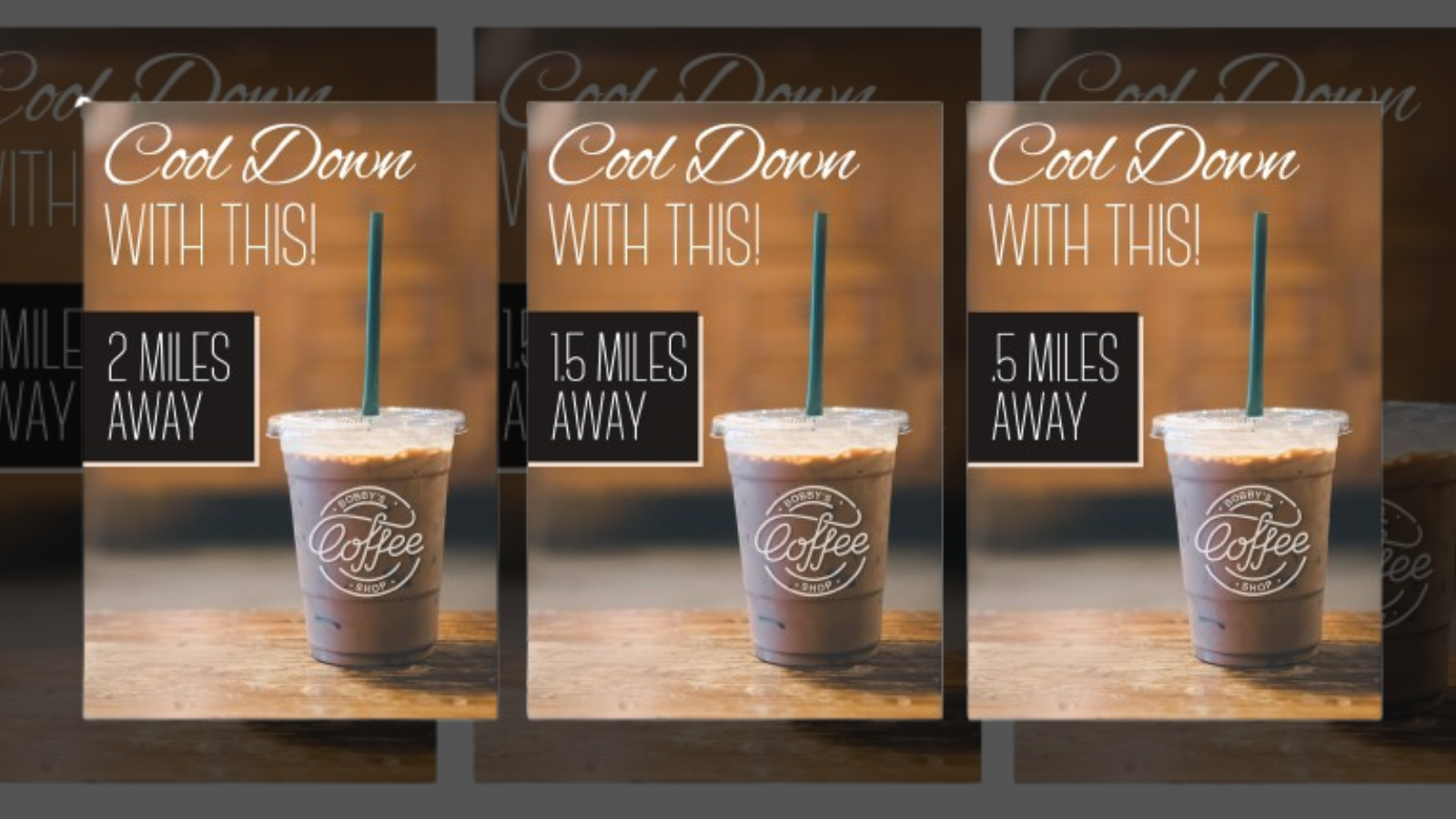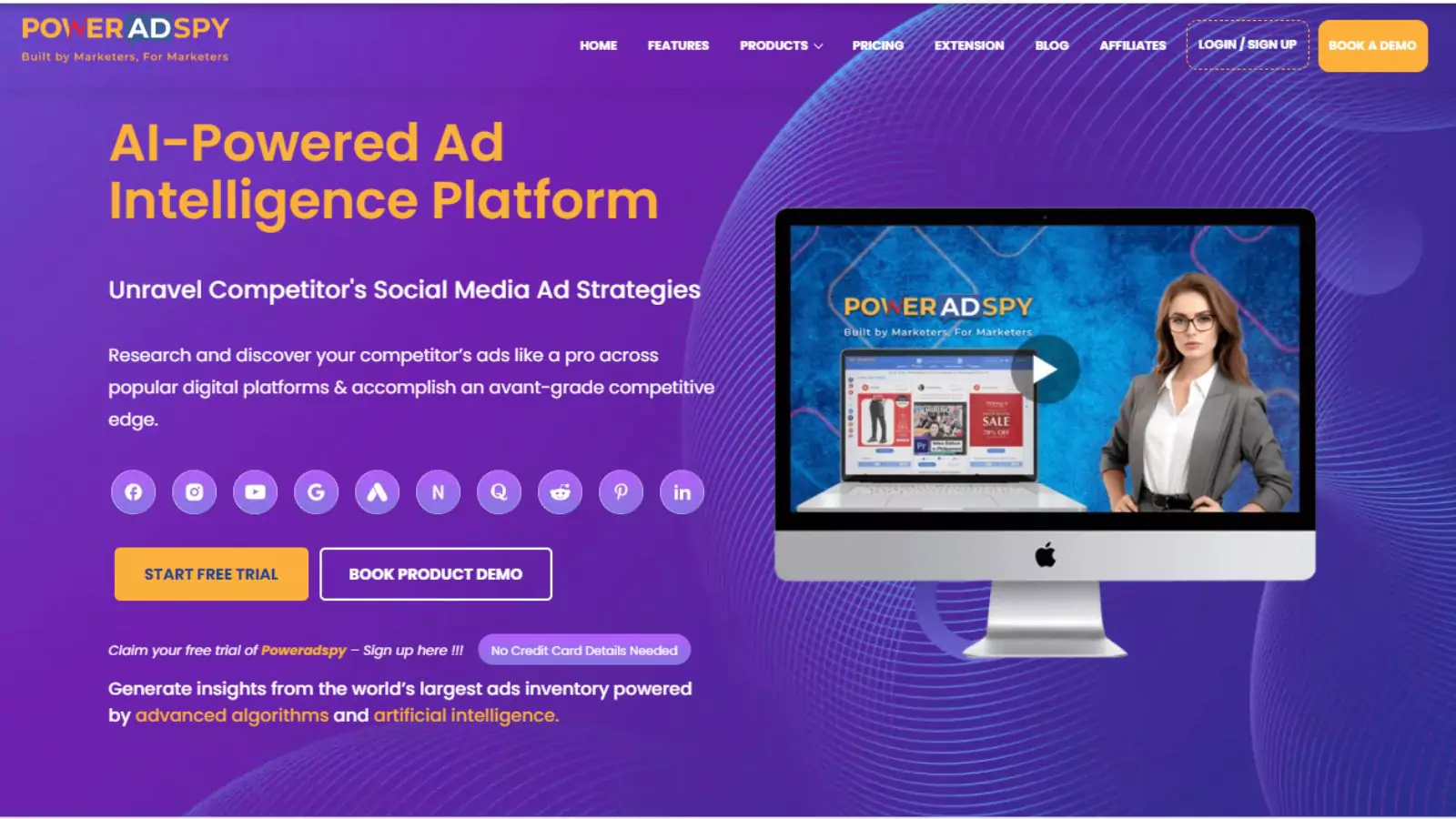Dynamic Creative: The Ultimate Guide to Scaling Ads on Paid Social
Standing out in the digital advertising landscape has become an increasingly difficult task. With so many ads vying for attention, it’s easy for your message to get lost in the noise. The challenge? Stopping the scroll.
As attention spans shorten and competition intensifies, advertisers are looking for innovative solutions to capture their audience’s attention. That’s where dynamic creative comes in — a flexible, results-driven approach that’s helping brands cut through the clutter and make every paid social campaign count.
According to a recent Yahoo survey, 82% of advertisers are committed to using dynamic creative in 2024, and 33% of them plan to increase their investment in dynamic creative optimization (DCO). Platforms like Facebook (through Facebook Dynamic Ads) and Snapchat enable you to mix and match different creative components to automatically create personalized ad variations.” But what exactly are they, and how can you leverage it to scale your ad campaigns effectively? Let’s dive in.
Listen To The Podcast Now!
What is Dynamic Creative?
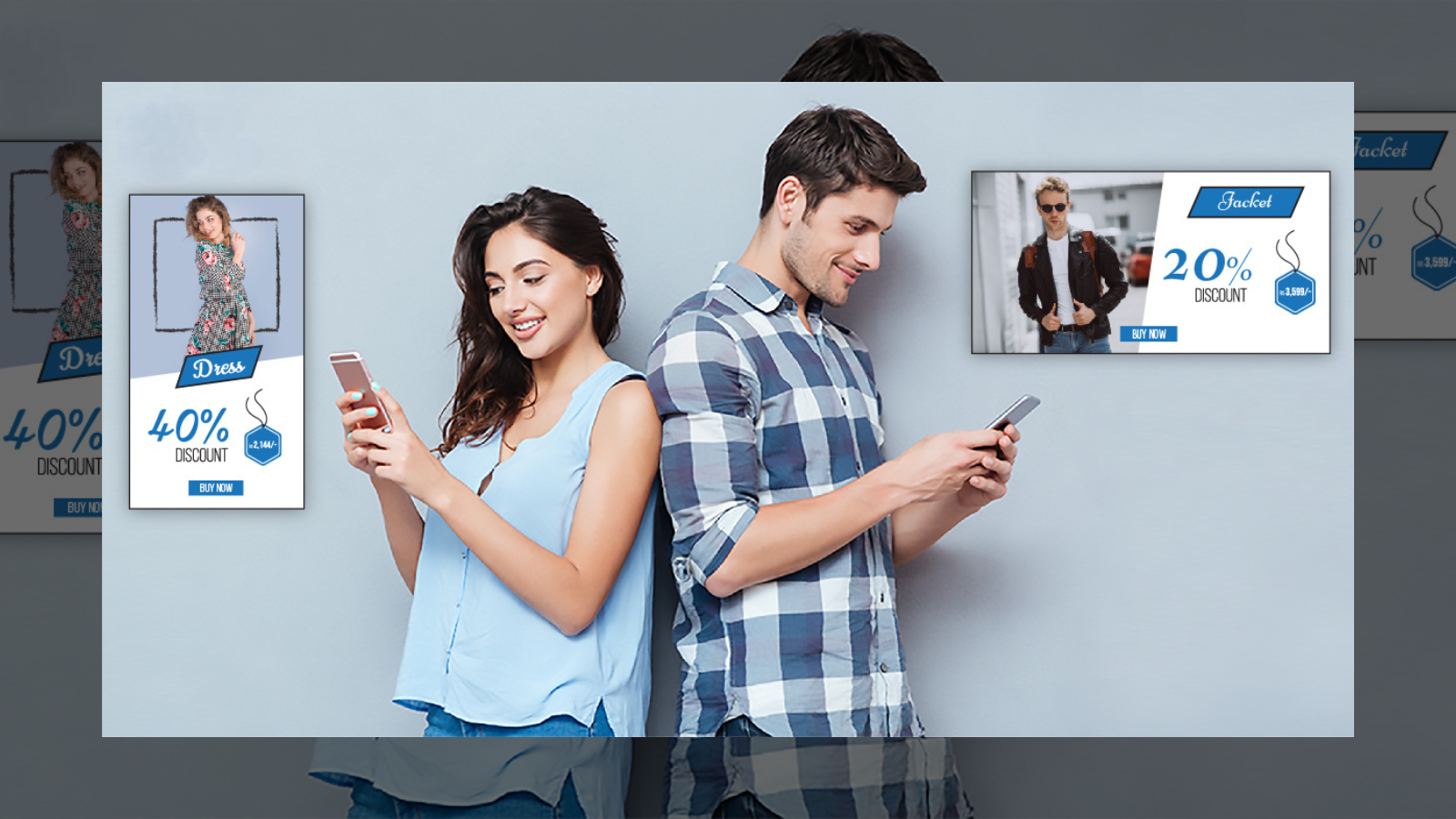 It is an advertising approach that involves using multiple media components (images, videos) and ad elements (text, calls-to-action, etc.) to create multiple variations of an ad. This allows you to automatically generate personalized ads for each user based on the data you provide. The result? Ads that resonate with individual audience members lead to higher engagement and improved performance.
It is an advertising approach that involves using multiple media components (images, videos) and ad elements (text, calls-to-action, etc.) to create multiple variations of an ad. This allows you to automatically generate personalized ads for each user based on the data you provide. The result? Ads that resonate with individual audience members lead to higher engagement and improved performance.
At the heart of Personalized ads is dynamic creative optimization (DCO), which enables advertisers to optimize ad content in real time. By leveraging data (such as location, weather, or user behavior), it delivers the right message to the right person at the right time.
For Meta and Snapchat advertisers, it allows you to mix and match different creative components to automatically create personalized ad variations. This optimization happens at scale, enabling you to reach a large audience with tailored content that boosts conversion rates.
The Role of Data in Dynamic Creative Ads
Data is the backbone of Personalized ads. Whether you’re using product feed data, audience insights, or third-party analytics, the ability to personalize ads at scale requires the right data. For example, Dynamic Product Ads for E-commerce use product feed data to showcase relevant products based on individual user behavior, interests, and browsing history.
With feed-driven data, you can automatically generate thousands of ads for product-based prospecting, retargeting, or creative personalization.
But what kind of data can you use? The options are vast:
- Product Feed Data: Use information about your products to dynamically showcase relevant offers to users.
- Audience Data: Leverage user engagement, demographics, location, and behavior data to personalize your ads.
- Weather Data: Customize your ads based on real-time weather conditions, offering products that match current needs.
- Third-Party Analytics: Integrate data from platforms like Google Analytics to fine-tune your ad campaigns.
By integrating these various data sources, you can optimize your campaigns and create personalized ad formats that are contextually relevant, engaging, and impactful.
What Are The Key Benefits of Dynamic Creative in Scaling Ads?
Dynamic creative offers a data-driven approach to scaling ads with precision, relevance, and efficiency.
- Improved Personalization: It enables advertisers to deliver highly personalized ads to users, resulting in better engagement and higher conversion rates.
- Increased Efficiency: With automated ad generation and optimization, advertisers can save time and resources while achieving better campaign results.
- Cost-Effectiveness: By focusing on the most relevant audience segments and optimizing creatives in real-time, personalized ads campaigns can deliver a higher return on investment (ROI).
- Enhanced Customer Experience: Personalized ads provide a more relevant and enjoyable experience for users, which can lead to stronger customer loyalty and satisfaction.
Best Practices for Dynamic Creative Ads
Implementing Dynamic ads effectively depends on your business type and the platforms you’re using. Here are some best practices for leveraging dynamic creative to its fullest potential:
1. Personalized Customer Journeys for eCommerce and D2C Brands
For eCommerce and direct-to-consumer (D2C) businesses, the challenge often lies in managing large product catalogs while maintaining relevance across various customer segments. Personalized ads are the perfect solution here, allowing you to display personalized product recommendations based on the user’s behavior and interests.
By utilizing DCO, you can show specific products to users based on their past purchases, browsing history, or even weather conditions. For example, if it’s a cold day in the user’s location, you can showcase winter clothing or accessories.
To optimize these ads, make use of dynamic ad templates that allow you to automatically pull in creative elements from your product feed.
Additionally, using an ad intelligence software like PowerAdSpy can enhance your strategy by providing competitor insights. Analyzing the types of products and creative formats your competitors are promoting can help you fine-tune your personalized ads. This approach also keeps you ahead of industry trends and ultimately improves your ad performance.
2. Geo-Targeting for Hyper-Localized Ads
For businesses that rely on specific locations, such as grocery stores or delivery services, geo-targeting combined with dynamic creative is a powerful tool. Dynamic ad elements can be customized to show location-specific offers, promotions, and product recommendations based on where the user is.
For example, a delivery service can use geo-targeting to show users specific delivery options available in their area, such as same-day delivery for local stores. The more relevant the offer, the higher the likelihood of conversion.
Using DCO, businesses can deliver localized ads that speak to the audience’s unique needs based on their geographic location, increasing engagement and driving sales.
3. Weather-Based Targeting for Contextual Relevance
Imagine a shopper scrolling through their social media feed on a rainy day and suddenly seeing an ad for waterproof boots. This is an example of how dynamic creative can use real-time weather data to serve relevant ads at the perfect moment. By integrating weather data into your Dynamic ad elements, you can ensure that your ads are contextually relevant and more likely to convert.
For instance, if a user is located in a city experiencing a heatwave, you can promote summer apparel or air conditioners. By aligning your ads with the weather, you’re creating a seamless shopping experience that meets the customer’s immediate needs.
4. Localized Ads for the Retail Industry
For retailers with multiple physical locations, dynamic creative can be used to create localized ads that reflect the unique offerings of each store. Whether it’s a special in-store promotion or specific product availability, dynamic creative allows you to deliver highly targeted messages to customers in different regions.
For example, if a particular store has a sale on raincoats due to the rainy season in its location, Personalized ads can be tailored to promote this offer to users within a specific distance from that store. This hyper-localization improves the relevance of the ad, increasing the chances of driving foot traffic and sales.
Also Read:
Capture Audience Attention With Facebook Dynamic Ads
How to Master Facebook Dynamic Product Ads For E-commerce?
5. Scaling Dynamic Creative for the Automotive Industry
The automotive industry is another sector that greatly benefits from DCO. Car dealerships often offer multiple models, promotions, and seasonal deals. Personalized ads help display the most relevant ones based on the user’s interests and location.
By using Personalized ads, automotive brands can promote specific car models, financing options, and special offers based on user preferences. For example, a user who has previously shown interest in electric vehicles can be served ads promoting the latest electric car models available at a nearby dealership.
6. Real-Time Updates for Betting & Gambling Ads
The betting and gambling industry is fast-paced, and advertisers in this sector need to make frequent updates to their campaigns to keep them relevant. Personalized ads allow advertisers to display real-time odds, game updates, and live promotions tailored to individual users based on their betting behavior.
With DCO, betting brands can offer personalized promotions to users based on their individual preferences, improving engagement and retention. For example, a user who frequently places bets on basketball can be served ads for upcoming NBA games and promotions.
7. Tailored Ads for Travel and Leisure
The travel industry is notorious for repetitive and generic advertising. To stand out and capture the attention of potential travelers, personalized ads are essential. They help deliver highly tailored messages that speak to each individual’s interests.
For instance, if a user has shown interest in tropical vacations, these ads can showcase exotic destinations, specific airline fares, and hotel deals related to their preferences. By leveraging Personalized ads, travel brands can manage multiple destinations and customize offers to each user’s travel behavior, increasing the likelihood of bookings.
The Power of AI and Ad Intelligence in Dynamic Creative
Wondering how to take your dynamic creative strategy to the next level?
To truly maximize the potential of these, AI-powered tools and ad intelligence software are essential. These tools help you scale your campaigns efficiently by automating the creative process and providing real-time insights into ad performance.
Ad intelligence software allows advertisers to track the performance of their personalized ads, measure key metrics such as engagement rates and conversions, and optimize campaigns for better results. With tools like PowerAdSpy, you can also analyze competitor ads to stay ahead of trends and identify successful strategies. PowerAdSpy provides in-depth insights into which creatives are working for your competitors, enabling you to refine your strategies and maintain a competitive edge in the marketplace.
How PowerAdSpy Supercharges Your Dynamic Creative Strategy?
When it comes to staying ahead in the competitive world of digital advertising, PowerAdSpy is an invaluable resource for advertisers looking to optimize their ad campaigns. This powerful ad intelligence tool is designed to provide deep insights into competitor ads, market trends, and industry performance. These insights help you craft more effective and targeted dynamic creative campaigns.
Key Features of PowerAdSpy:
-
Competitor Ad Analysis:
PowerAdSpy lets you track and analyze the ad strategies of your competitors. Analyzing top-performing ads reveals insights into effective creative formats, messaging, and targeting strategies within your industry.
-
Advanced Filtering:
With powerful filtering options, PowerAdSpy allows you to segment ads by niche, location, platform, and more. This makes it easy to find the exact ads that align with your campaign goals, giving you a clear view of what’s resonating with audiences.
-
Real-Time Updates:
Stay on top of the latest ad trends with PowerAdSpy’s real-time data. This ensures that you’re never out of the loop, enabling you to quickly adjust your campaigns based on the most current information.
-
Ad Creative Inspiration:
Need fresh ideas for your campaigns? With PowerAdSpy, you can explore creative ad formats, headlines, and designs that are performing well, helping you craft ads that stand out in your audience’s feed.
-
Comprehensive Analytics:
Track key performance metrics like engagement, click-through rates, and conversions for ads across different platforms. This data gives you the insights you need to tweak your creatives and optimize ad performance.
With its wealth of competitor ad data and market intelligence, PowerAdSpy empowers advertisers to design more effective personalized ads. Understanding resonating ad elements helps create personalized, engaging, and effective ads that connect with your target audience. Its insights help optimize creative variations in real time, keeping ads relevant and performing at their best throughout campaigns.
Wrapping Up!
Dynamic creative is transforming digital advertising, offering the ability to personalize ad content at scale. Brands can use data like product feeds, audience insights, and weather patterns to deliver personalized, behavior-driven ads. As the advertising world continues to evolve, DCO helps advertisers stay ahead of the competition. It does so by creating highly relevant, high-performing ads.
When integrated with ads spy tools like PowerAdSpy, personalized ads reach their full potential. These tools provide valuable insights into competitor strategies, allowing advertisers to refine their campaigns. They also help optimize creatives in real time and ensure every ad resonates with the target audience. Analyzing competitor products and formats refines your personalized ads and helps you stay ahead of trends to boost performance.
FAQs: –
1. What types of data can be used for dynamic creative ads?
Dynamic creative ads rely on various data sources, including:
- Product feed data to showcase relevant offers.
- Audience insights based on behavior, location, and engagement.
- Weather data to match ads with real-time conditions.
- Third-party analytics to refine ad targeting.
2. Should I turn on dynamic creative?
If you’re looking to improve ad performance and engagement while scaling your campaigns, enabling these creatives is a smart move. It allows you to automatically optimize your ad content, delivering personalized experiences for each user. This can lead to higher conversion rates and a better return on ad spend (ROAS).
3. How does DCO work?
DCO works by using real-time data to optimize ad creatives for individual users. It dynamically selects the best ad elements—images, text, and calls-to-action—based on factors like location, weather, and behavior. This ensures the ad is always relevant and engaging, driving better performance.

